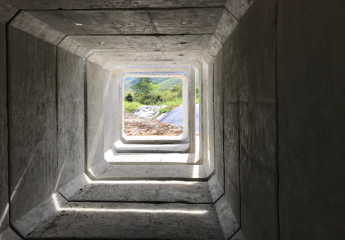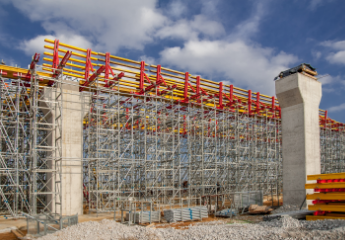Please fill out the Download Section (Click here) below the Comment Section to download the Full Webinar PDF files.
In July 2020, we hosted a webinar, “How I Design Bridges: Static Analysis of Cable-Stayed Bridges," by Sam Li, Senior Structural Engineer/CaSE Design, Australia.
Mr. Sam Li goes through the complete process of performing static analysis of cable-stayed bridges, and we believe this knowledge will help various global structural engineers with their ongoing projects.
This webinar shows a case study about the static analysis of cable-stayed bridges. Cable-stayed bridges are often considered landmarks due to their modern and magnificent appearance. As a bridge design engineer, it is a great honor to design this type of beautiful bridge. However, the static analysis of cable-stayed bridges differs from other bridges.
This session will mainly show the fundamental knowledge and skills in modeling cable-stayed bridges.
Key Points
1. Overview of cable-stayed bridge
Cable-stayed bridges are highly statically indeterminate due to the redundant DOFs provided by the cables. Cable-stayed bridges are also active bridges engineers can change the structural state by adjusting cable forces.
2. How to model the components of a cable-stayed bridges
Pile-soil interaction can be modeled based on Winkler's theory and the “M” method. Rigid links can be used to model the connection between components. Girders can be modeled using the “fishbone model.” The sagging effect of cables can be taken into account by cable elements.
3. Optimization of cable forces
A well-defined level of cable forces will allow optimized performance of bearings, girders, pylons, and cables. The Stiff Cable method can be used to find approximate cable forces. The Unit Load method can be used to optimize cable forces and, in addition, develop an understanding of the structural effects of cable forces.
To watch the full webinar, please click on the YouTube video below.
 Get Started midas Civil
Get Started midas Civil
 Featured blog of this week
Featured blog of this week






/Static%20Analysis%20of%20Cable-Stayed%20Bridges/10_Static%20Analysis%20of%20Cable-Stayed%20Bridges.jpg)


